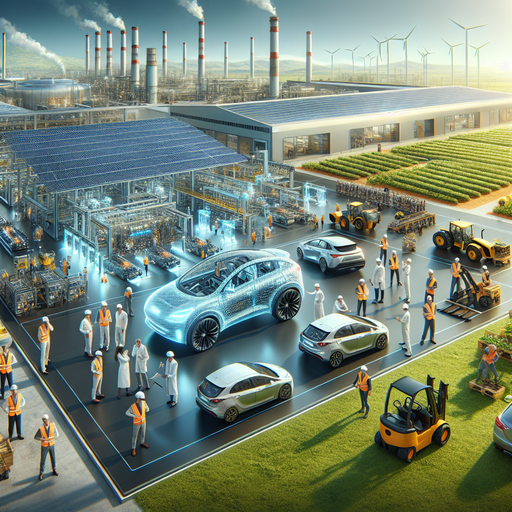Carbon Reduction Activities in Europe: May 12-18, 2025
Executive Summary: Recent developments in Europe’s carbon reduction efforts highlight a strategic shift towards more flexible regulatory frameworks and increased support for carbon dioxide removal technologies. The European Union is actively working to balance environmental goals with economic competitiveness, particularly in the automotive sector. Additionally, new initiatives are being introduced to enhance carbon farming and carbon removal certifications, aiming to foster innovation and investment in sustainable practices.
Introduction
Between May 12 and May 18, 2025, several significant developments in carbon reduction activities were announced in Europe. These initiatives are part of the broader European Green Deal and Fit for 55 package, aiming to achieve net-zero emissions by 2050. This report provides a detailed overview of the key announcements and their implications for Europe’s decarbonization strategy.
Flexibility Measures for Carmakers
On May 12, 2025, the European Parliament adopted new flexibility measures for CO2 emission performance standards for new cars and vans. These measures allow manufacturers to average their emissions performance over a three-year period (2025-2027) rather than annually. This approach is designed to support the automotive sector amidst rapid technological changes and increasing global competition. The proposal is part of the European Commission’s industrial action plan for the automotive sector, which aims to reduce average CO2 emissions by 15% compared to 2021 values for the 2025-2029 period. (Source)
EU Decarbonization Policy Adjustments
Recent discussions have highlighted the need for a balanced approach to the EU’s ambitious decarbonization policies. The European Commission’s “Clean Industrial Deal,” published in February 2025, sets a 90% emissions reduction target by 2040. However, there is recognition that some regulations may impose significant financial and administrative burdens on industries, potentially affecting competitiveness. As a result, the EU is considering modifications to existing decarbonization tools to ensure they align with economic growth and competitiveness goals. (Source)
Carbon Dioxide Removal and Carbon Farming
The EU’s Climate Advisory Board has emphasized the importance of scaling up carbon dioxide removals alongside deep emissions cuts. The board recommends setting separate legal targets for emissions and removals, which would provide clear investment signals and promote technological progress. Additionally, the EU is advancing the Carbon Removals and Carbon Farming Regulation (CRCF), which aims to create a trusted system for certifying high-quality carbon credits. This regulation is expected to unlock new funding opportunities through voluntary markets and public-private incentives, particularly benefiting farmers through sustainable practices. (Source, Source)
Conclusion
The recent announcements between May 12 and May 18, 2025, reflect Europe’s ongoing commitment to achieving its climate goals while addressing the challenges of economic competitiveness and technological innovation. By introducing flexibility measures, adjusting decarbonization policies, and promoting carbon removal technologies, the EU is taking significant steps towards a sustainable and resilient future.


Recent Comments